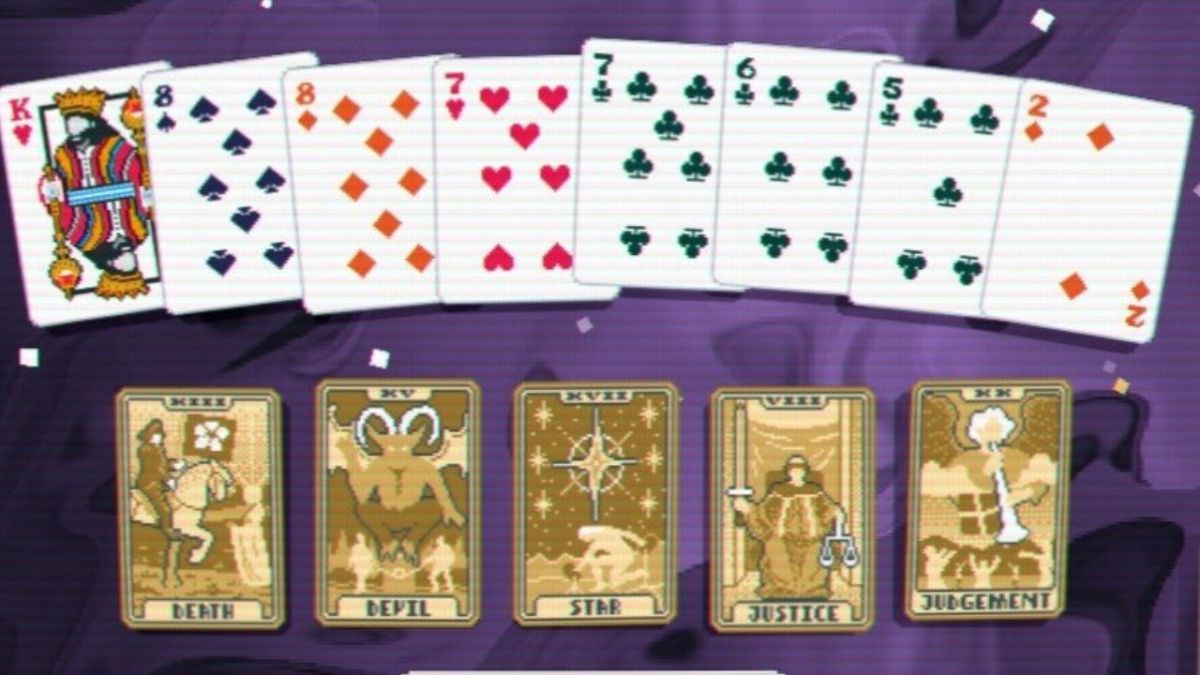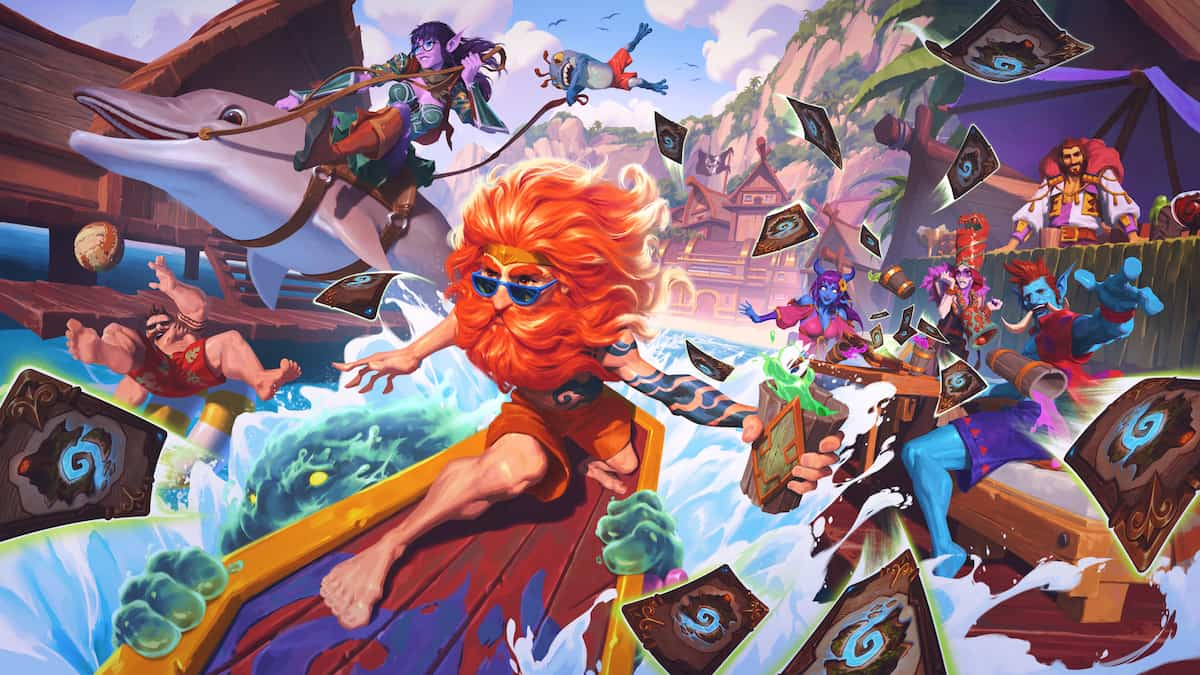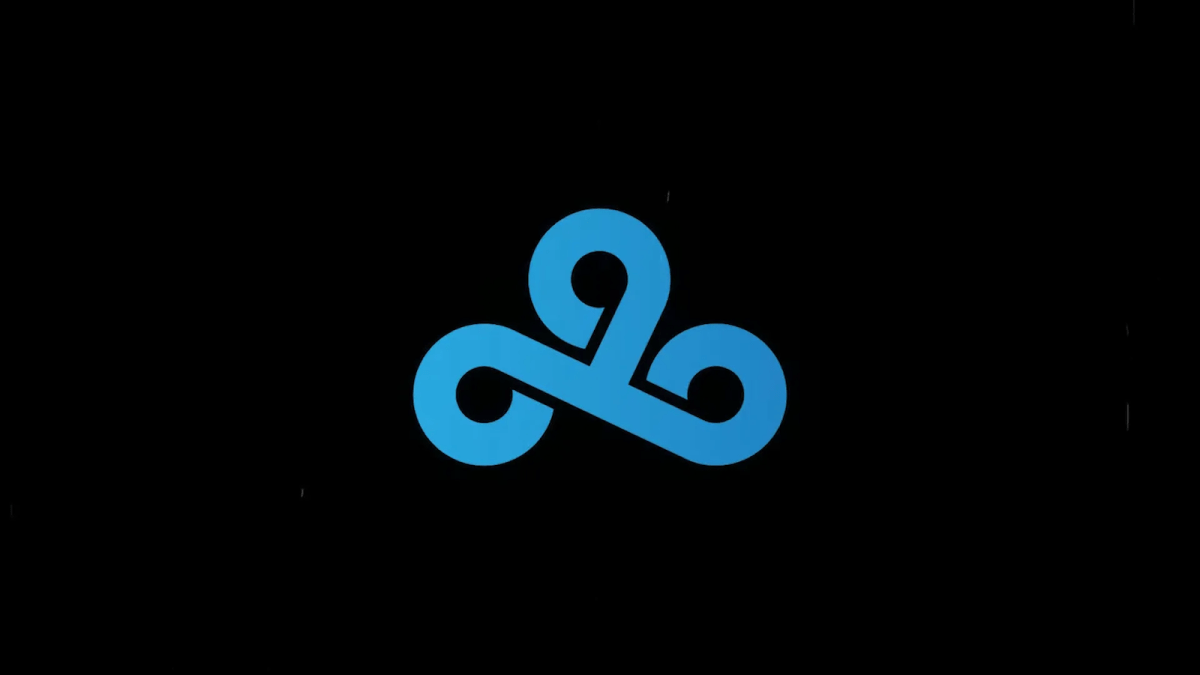Introduction
A deck that got its name from Magic the Gathering, Miracle Rogue is a rogue deck that is capable of drawing almost your whole deck in one turn along with churning out insane bursts of damage. Miracle Rogue has been around since the time of beta and has gone through changes with cards being nerfed but always seems to climb back to the top of the Hearthstone world. In this article I will show how Miracle Rogue evolves from beta through the decklists we see today in Standard mode.
The Origins
Miracle Rogue centers around using the decks cheap spells to draw as many cards as possible and then to defeat your opponent using card buffs and your hero power weapon. The finishing plays are usually set up to take place either in one turn or over two turns more than consistent damage throughout the game. There are many cards in the decklists that help achieve this and the first deck we will look at was used by Force Strategy Gaming from beta patch 3749. Note that the cards shown when moused over are their current iterations and not the effects from before they were nerfed.
Let us take a look at some of the notable cards in the deck:
Gadgetzan-Auctioneer: One of the most important cards in Miracle Rogue decks, Gadgetzan Auctioneer allows the player to cycle through their deck using the plethora of cheap spells available to the Rogue class. Gadgetzan Auctioneer had its mana cost changed to six in December 2014 after being five mana which allowed players to go through the cycling process earlier than what would happen today.
Sinister-Strike: A card not normally used in Miracle Rogue decks today, Sinister Strike deals three damage to the opponent for one mana. Sinister Strike is one of the cheap spells players use to cycle with their Gadgetzan Auctioneer.
Headcrack: Another cheap spell for Rogue, Headcrack was a two mana spell that dealt two damage to the enemy hero and would return to casting players hand if the combo effect activated. Headcrack does not see much play today because the change to three mana has made it not worth cycling for its effect.
Mana-Addict: A creature that benefits greatly from cheap spells, Mana Addict could be used to kill your opponent in one turn. The amount of cheap spells that Rogues use allows the Mana Addict to reach great attack heights relatively easy. Most of the time the player would need to use Conceal to hide Mana Addict until being able to attack with her next turn.
Questing-Adventurer: Another card like Mana Addict, Questing Adventurer is a minion that can quickly reach ridiculous levels of attack and defense thanks to the amount of cheap spells rogues use. Conceal is also a good card to use with the Adventurer so it is harder to remove.
Most of the cards talked about in this section do not see much use today except for Gadgetzan Auctioneer. The finishers of Miracle Rogue have also changed from this version, as Mana Addict and Questing Adventurer are not the easiest cards to set up. Miracle Rogue would use Leeroy-Jenkins as a finisher in combination with Shadowstep until Leeroy was nerfed to five mana.
Naxxramas and Goblins vs Gnomes
Once Leeroy Jenkins was no longer used as a finisher and the Naxxramas adventure and Goblin vs Gnomes expansion came out, Miracle Rogue went for a different look and changed many of the cards. Gadgetzan Auctioneer was still the focus of the deck, as it relied on cycling through cards looking for the damage it needs to defeat the opponent. The decklist from this time period is actually pretty similar to what got played for a long time.
Here are some of the changes and highlights in the deck:
Deadly-Poison: The decklist for Miracle Rogue after Naxxramas and Goblins vs Gnomes came out was more focused on using the hero power for damage. Deadly Poison is a one mana card that adds two attack to the players weapon. The two attack allows the hero power to destroy more than just one health minions and is great for cycling with Gadgetzan Auctioneer.
Blade-Flurry: Once considered one of the best removal cards in the game, Blade Flurry destroyed the players weapon but dealt its damage to the opponents creatures and hero. Performed very well when combined with Deadly Poison to help remove higher health creatures or finish off your opponent. Unfortunately, Blade Flurry was nerfed with the release of Standard Mode to the current version and is no longer played.
Southsea-Deckhand: One of the win conditions, Southsea Deckhand was the replacement for Leeroy Jenkins. As the charge minion in the deck, Southsea Deckhand would be played and then have Cold-Blood be used on it for high amounts of damage. Always be sure to have a weapon equipped when attacking with the Deckhand or else he will lose charge.
Faceless-Manipulator: The second half to the finisher combo with Southsea Deckhand, Faceless Manipulator copied a fully buffed Deckhand to deal even more amounts of damage. Faceless Manipulator can also be used to copy Gadgetzan Auctioneer or a highly buffed Edwin-VanCleef. Copying an enemy minion is also a possibility if there is an attractive creature on the field.
Edwin-VanCleef: The Rogue legendary, Edwin VanCleef uses the combo effect to gain two attack and defense for each card played before him during the turn. Edwin VanCleef was nerfed in the past after his effect was deemed too powerful having one attack and defense with his combo effect as well as having stealth. The card was changed to the version that is being played today.
The new cards that came from the first adventure and expansion along with the nerfs brought a shift as to how Miracle Rogue looked. The deck continued to cycle around Gadgetzan Auctioneer but also focused more on weapons with Blade Flurry and Deadly Poison. Gone was Leeroy Jenkins being used with Shadowstep and in came Southsea Deckhand and Faceless Manipulator. What came next was a hiatus for Miracle Rogue as another deck type was born from a Goblins vs Gnomes.
Hiatus and Rise of Oil
Miracle Rogue slowly fell by the wayside a little while after Goblins vs Gnomes was released. While a list like the one from the previous section was still viable, a new type of Rogue deck came about that would take over the class by storm.
Tinkers-Sharpsword-Oil was a card introduced in the Goblins vs Gnomes expansion that became the face of the premier Rogue deck during that time. The draw engine for this deck relied on Preparation and Sprint to draw four cards for only four mana. Violet-Teacher was used to fill the board with token creatures because of the number of spells that Rogues could can cast cheaply.
The win condition of Oil Rogue decks was usually centered around the Oil itself pumping up your weapon and a minion and attacking before using blade flurry to deal the extra damage. Bloodmage-Thalnos was an inclusion because it increased all the damage that the Rogue cards could do by one. If all those things did not pan out, there was always Dr-Boom.
Sadly for Miracle Rogue fans, the deck would be in the background all the way until Standard Mode and the release of Whispers of the Old Gods.
Back to the Forefront
Once Whispers of the Old Gods came out and Standard brought the end of Naxxramas and Goblins vs Gnomes, Miracle Rogue came back to the top of the Hearthstone world. One big reason for this was the removal of Tinkers-Sharpsword-Oil because it was from Goblins vs Gnomes. With Oil gone and with a few new cards, Miracle Rogue became the go-to deck for Rogue players again. The deck in this section is essentially what is played today with the exception of a few cards that can be replaced.
Here are some of the new cards and other highlights from the deck:
Shadow-Strike: Whispers of the Old Gods gave Rogue players a strong removal card in Shadow Strike. While the undamaged part of the card is hard to deal with sometimes, the five damage is great for dealing with creatures like Thing-From-Below, Darkshire-Councilman and Savannah-Highmane.
Tomb-Pillager: A creature from the League of Explorers adventure, Tomb Pillager gives the Rogue a formidable midgame body at five attack and four defense. The Deathrattle gives the Rogue player a coin which could be used for a combo effect or to help cycle with Gadgetzan Auctioneer.
Xaril-Poisoned-Mind: The Rogue legendary from Whispers of the Old Gods, Xaril is one of the cards that is swapped in and out of Miracle Rogue. Some players like the benefit of the two cards that Xaril provides but other players do not like spending five mana on a three attack and two defense body. The cards provided by Xaril are great for cycling with Gadgetzan Auctioneer as they are all one mana.
Fan-of-Knives: The premier removal for Rogues, Fan of Knives replaced Blade Flurry when the latter was nerfed. Fan of Knives gets a great boost when Bloodmage Thalnos is on the field. The draw a card part of the effect is great as it cycles and is free of mana after playing a preparation.
Earthen-ring-Farseer: With no Antique-Healbot available anymore, Rogues look to Earthen Ring Farseer as their healing bonus. Not only is the three life a good chunk of health, the three attack and three defense body make it a great value card.
Two of the big wildcards in the deck this section are Leeroy Jenkins and Xaril. Both cards are used by some players and not used by others. Leeroy is in no way required as the finisher for Miracle Rogue and Xaril is often left out because of its lackluster stats. Shadow Strike has been a great removal card for Miracle Rogue and is cheap enough that it is free mana when used after a preparation. One of the keys to the deck is Conceal, which allows the player to stealth a large stat Edwin VanCleef, a creature buffed with Cold-Blood or a Gadgetzan Auctioneer for future turns.
Are There Any Miracles Left?
Miracle Rogue has seen a shift away from the deck recently as Aggro decks have become rampant on the ladder. The biggest weakness that Miracle Rogue has is the difficulty in removing the opponents board. The deck really misses the Blade Flurry before it was nerfed as its effective removal because Fan of Knives alone is too difficult to always depend on. Decks like Warlock Zoo and Aggro Shaman dominate the matchup because of the inability to reliably destroy the opponents field.
While Miracle Rogue may struggle against Aggro matchups, it is still a deck brought to tournaments which is evident by its use in the European and American Spring Championships. What Miracle Rogue decks need to become dominant on ladder again is for the meta to slowdown and move away from the Aggro pace. If the meta were to slowdown and decks like N’Zoth Paladin and Renolock became prominent again, Miracle Rogue would make its way back to being a force on the ladder.
Closing Thoughts
Miracle Rogue has long been a staple among the Hearthstone world and has seen play since the Beta with a small hiccup during the time of Goblins vs Gnomes until Whispers of the Old Gods. Miracle Rogue has dealt with some nerfs in its lifespan, but overall has escaped the wrath that was put upon decks like Combo Druid and Patron Warrior. While the deck is disappearing from ladder at the moment, Miracle Rogue will come back better than ever when the meta slows down and should continue to see play in tournaments.
Feel free to leave any questions, comments, or concerns in the comment section below. Watch for the next deck to be chronicled throughout the history of Hearthstone.





Published: Jul 5, 2016 06:31 pm